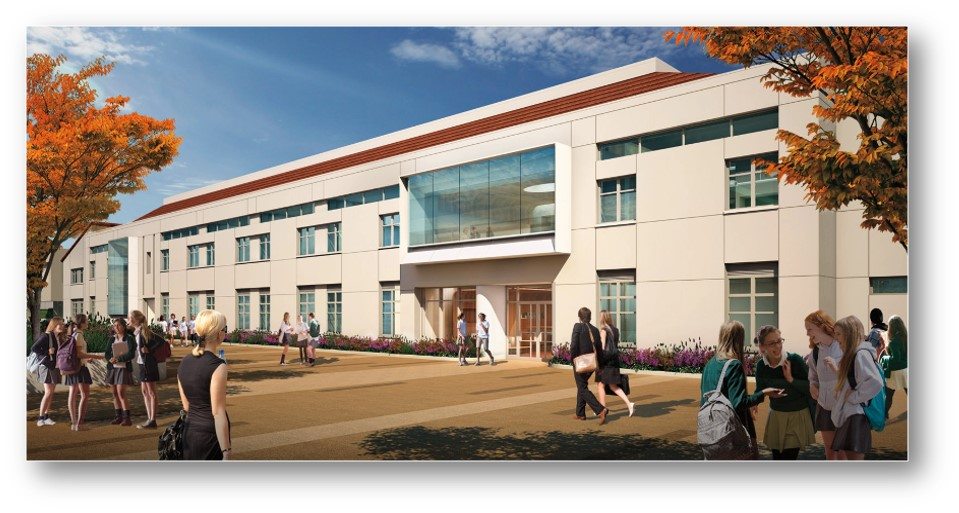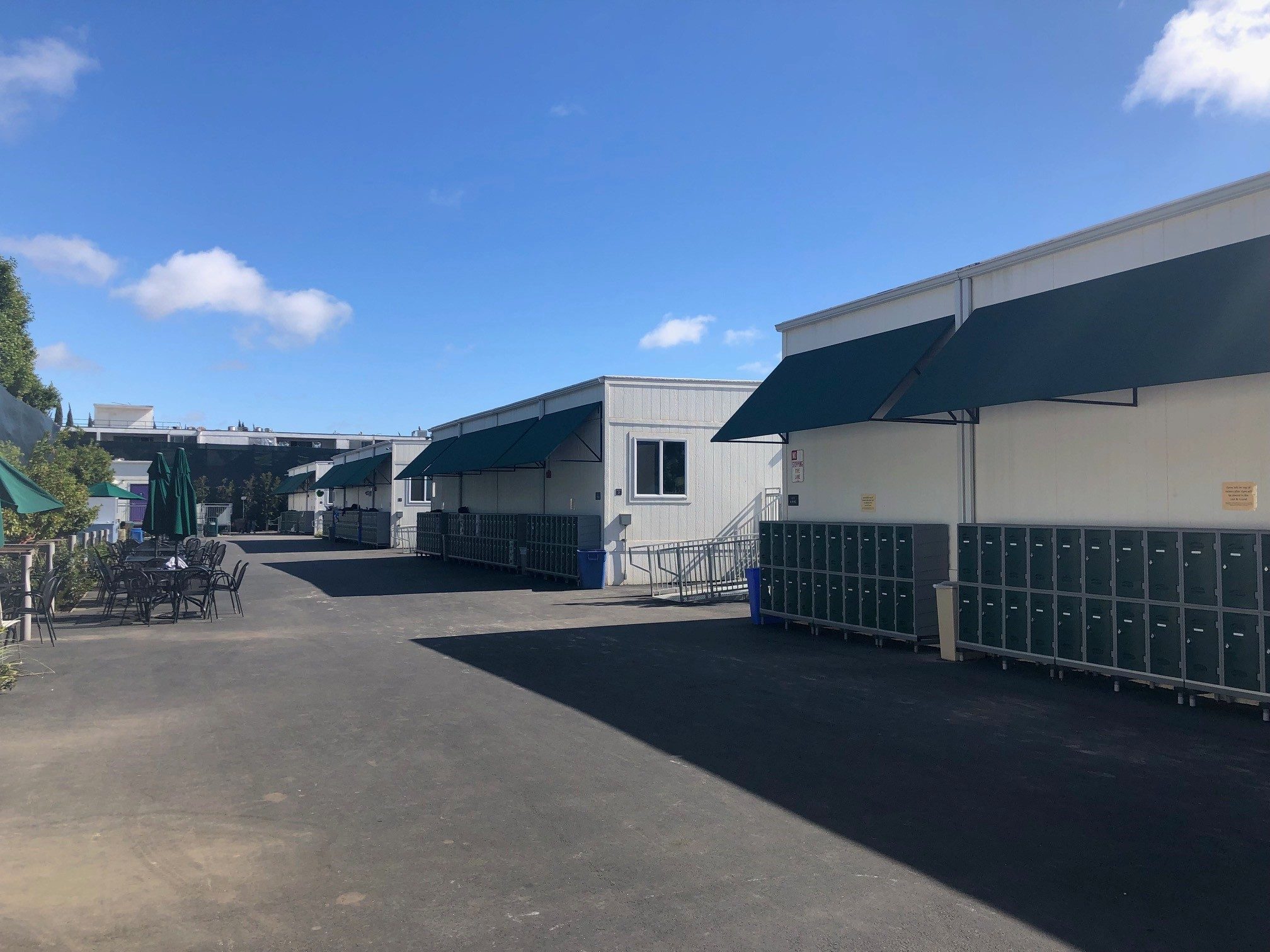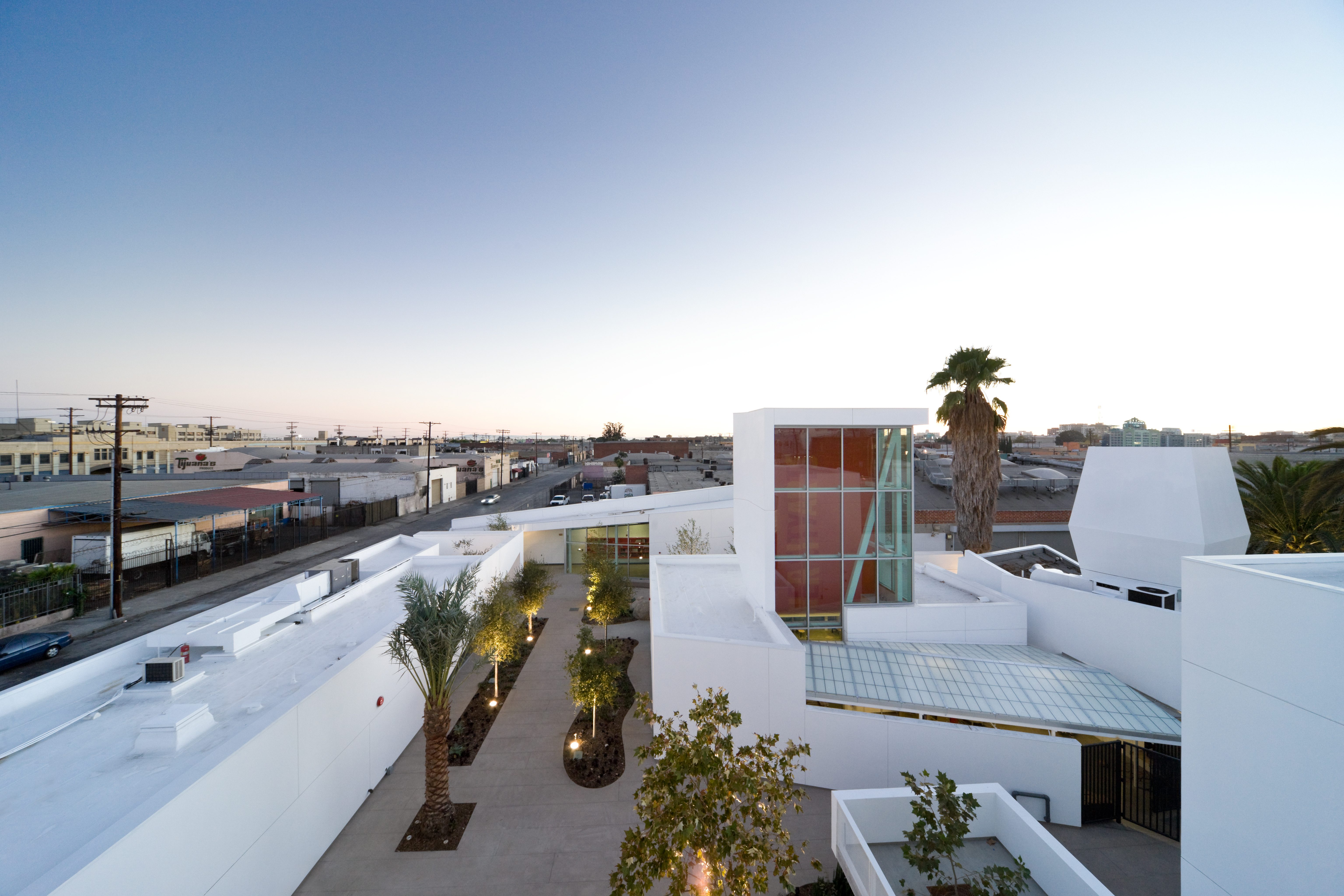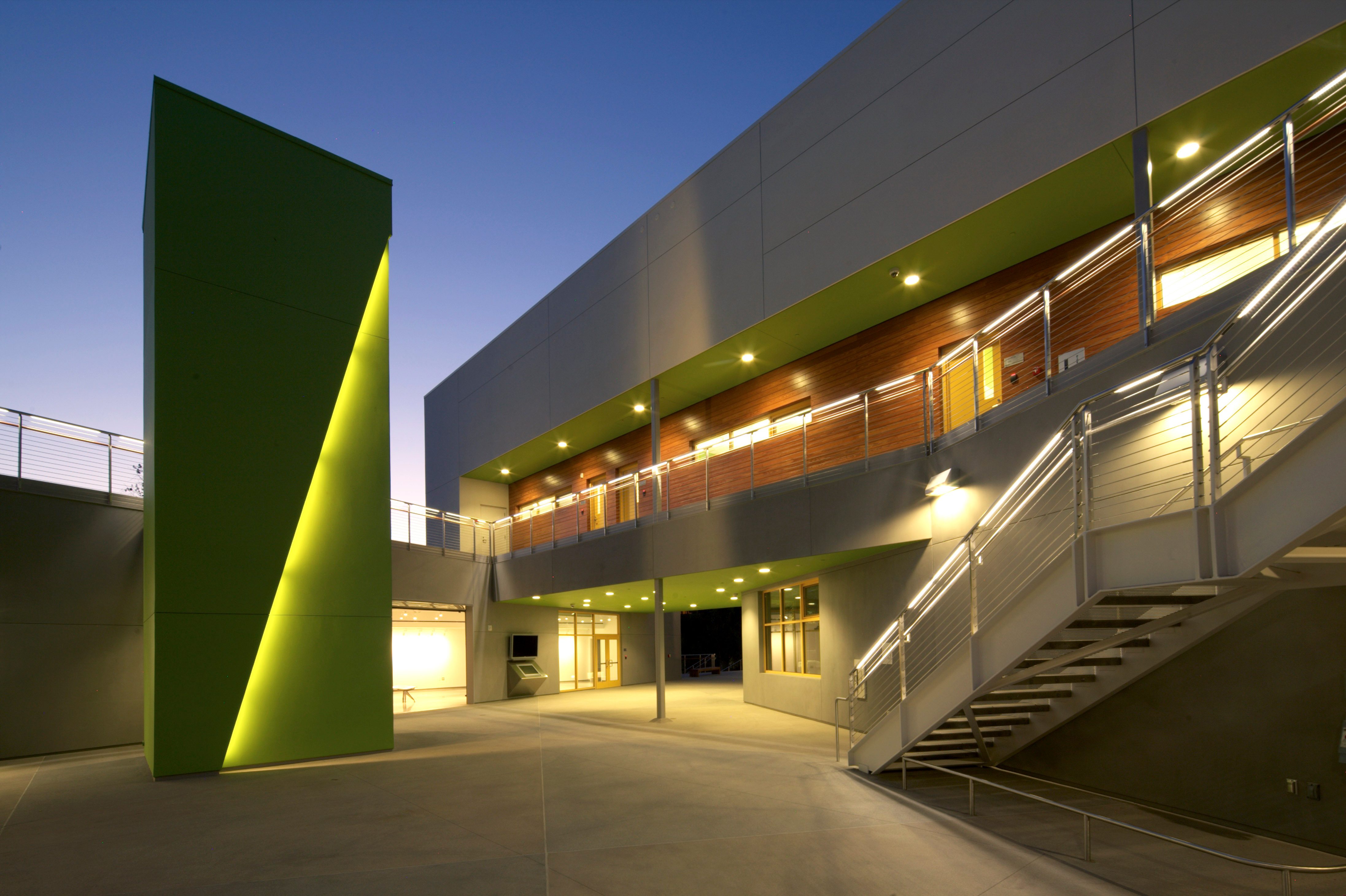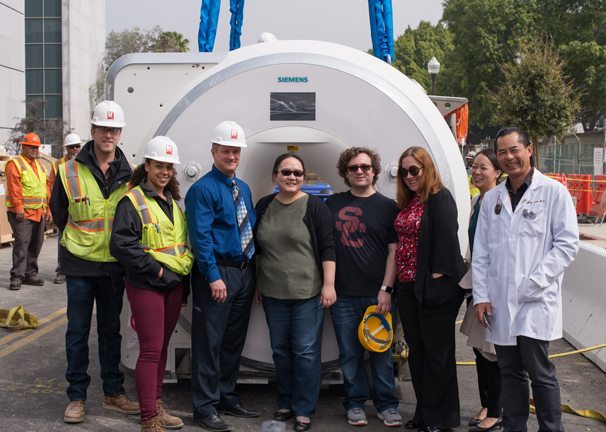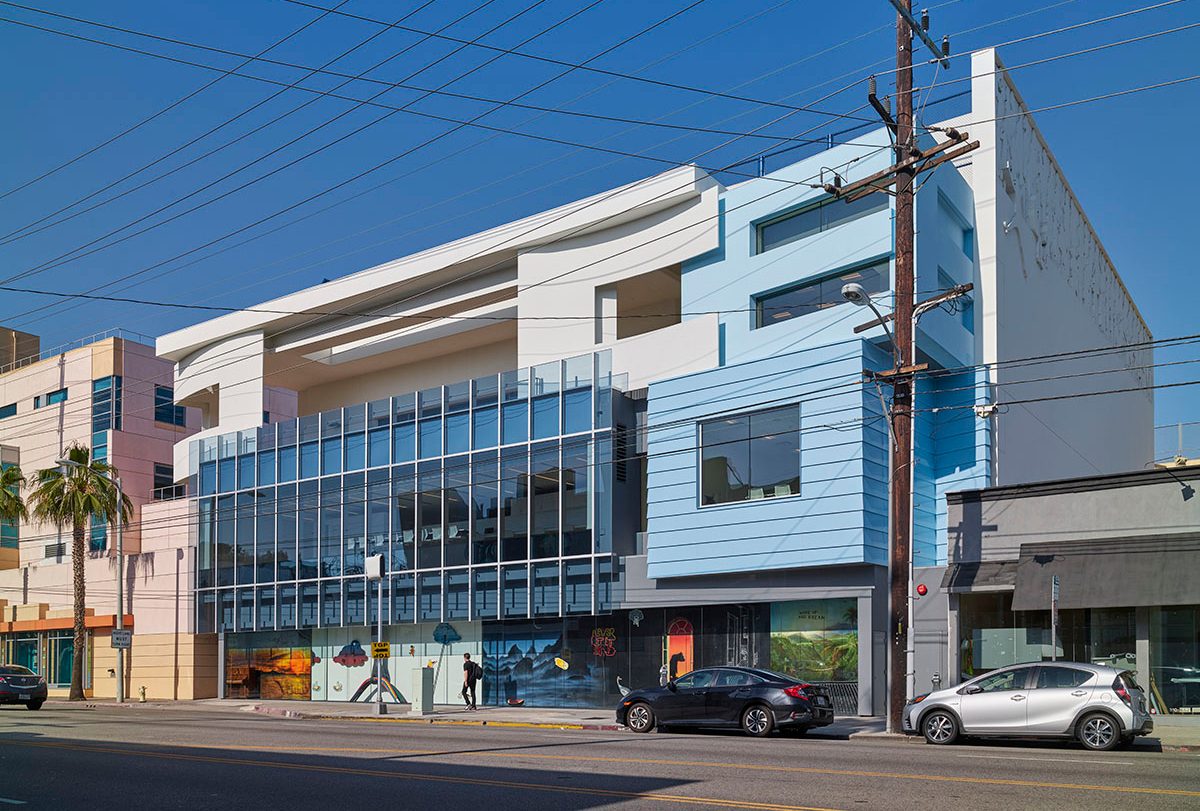
Photo credit: Benny Chan
Location
West Hollywood
Owner
Center for Early Education
Architect
Johnson Favaro
Construction Manager / Owner's Rep
TGPM
Project Size
85,000 SF
ViewThe School Year Is Underway At The Center for Early Education Site
MATT Construction Meets Deadlines and Keeps Community Involved As Construction Shifts into Final Phase at The Center for Early Education (CEE)
Right On Time: Construction Team Completes Package 3 Ahead of September Classes
As a nationally renowned institution dedicated to elementary education and early childhood development, West Hollywood’s The Center for Early Education undertook a major redevelopment project to update their facilities for a 21st century student body. Right on time for the new school year, MATT’s team finished a major portion of The Center for Early Education’s construction scope. Package 3, as this phase had been called, entailed completion of the Clinton Building, an educational building with an entire floor dedicated to administrative space.
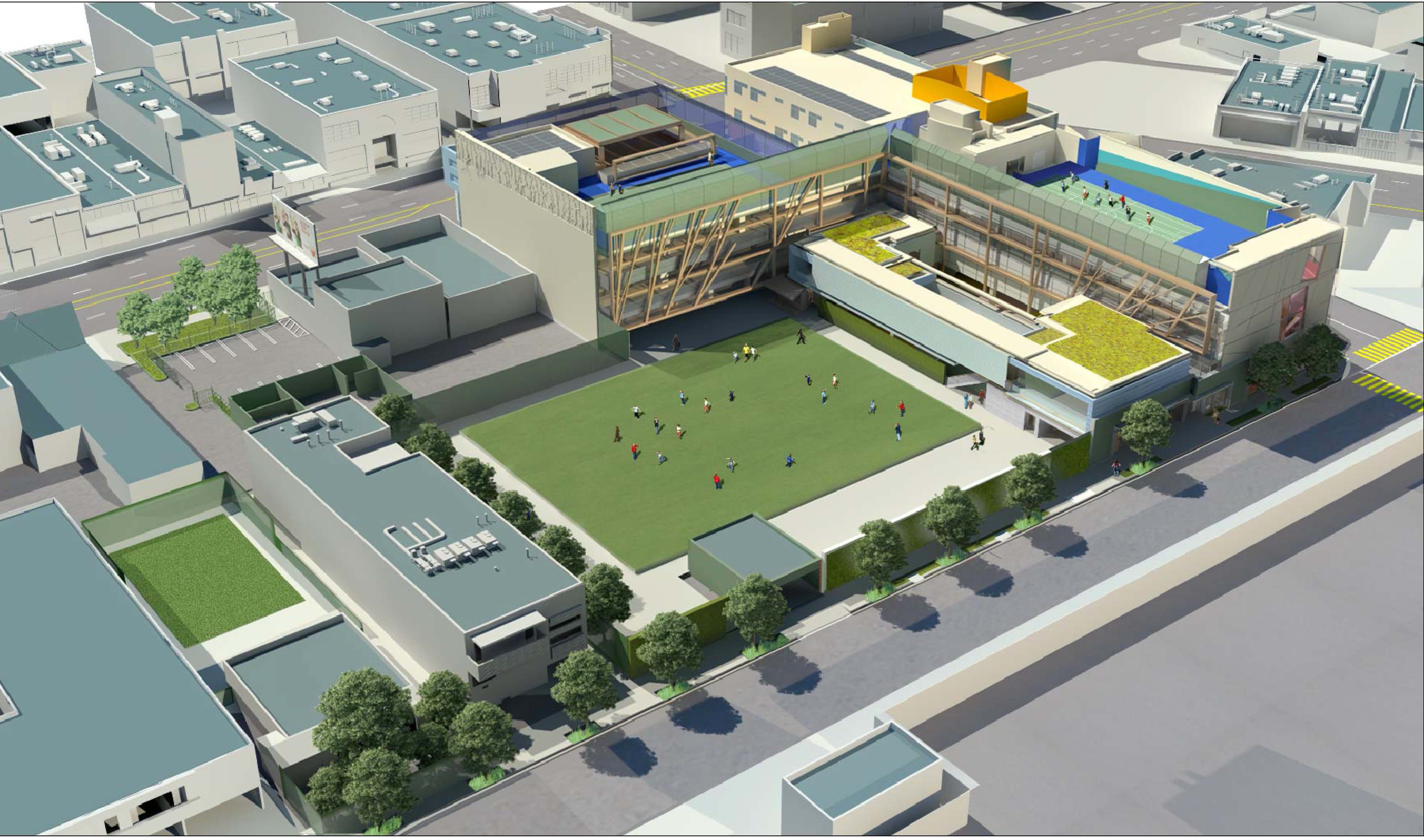
The Final Construction Countdown: Package 4, Doubling the Playing Field
With Package 3 turned over, the team has shifted to the final phase, Package 4. This exciting stage of operations centers around building the playing field. This extensive outdoor activity zone will cater to all of the student body, from toddlers through to sixth graders. Demolition of two existing buildings adjacent to the original play yard doubled the available space. The new, open-field design enables flexible use, allowing the space to transform from a soccer pitch, to a football field, to a freeze tag zone depending on the needs of the hour — and the age of the players.
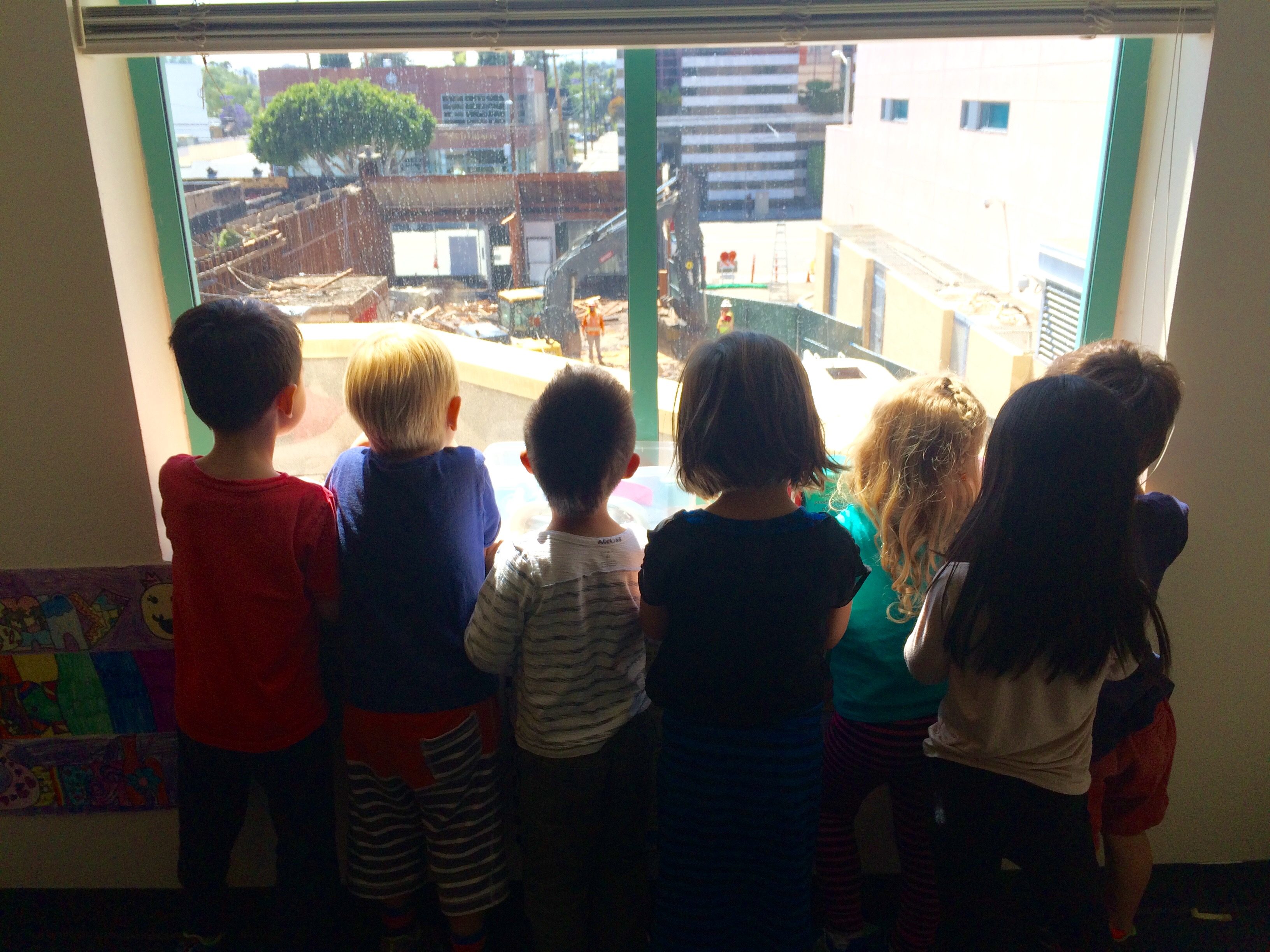
Navigating Tight Timetables & Constructing Temporary Classrooms
As Project Manager Jon Ou notes, an ongoing theme of this comprehensive expansion project has been “demolish and build a new one,” translating to classroom displacement. Rather than relocating affected students and faculty to another site, CEE opted to erect modular classrooms, often the most cost-effective method of dealing with temporary space changes. Brentwood’s Archer School for Girls chose this option in similar circumstances, greatly simplifying their logistical adjustments to ongoing construction activities.
The school’s non-negotiable construction deadlines left no room for delays. With over 550 children in attendance, new buildings needed to be available as soon as possible. The MATT team never missed a scheduling deadline, and the school remained 100% operational during construction.
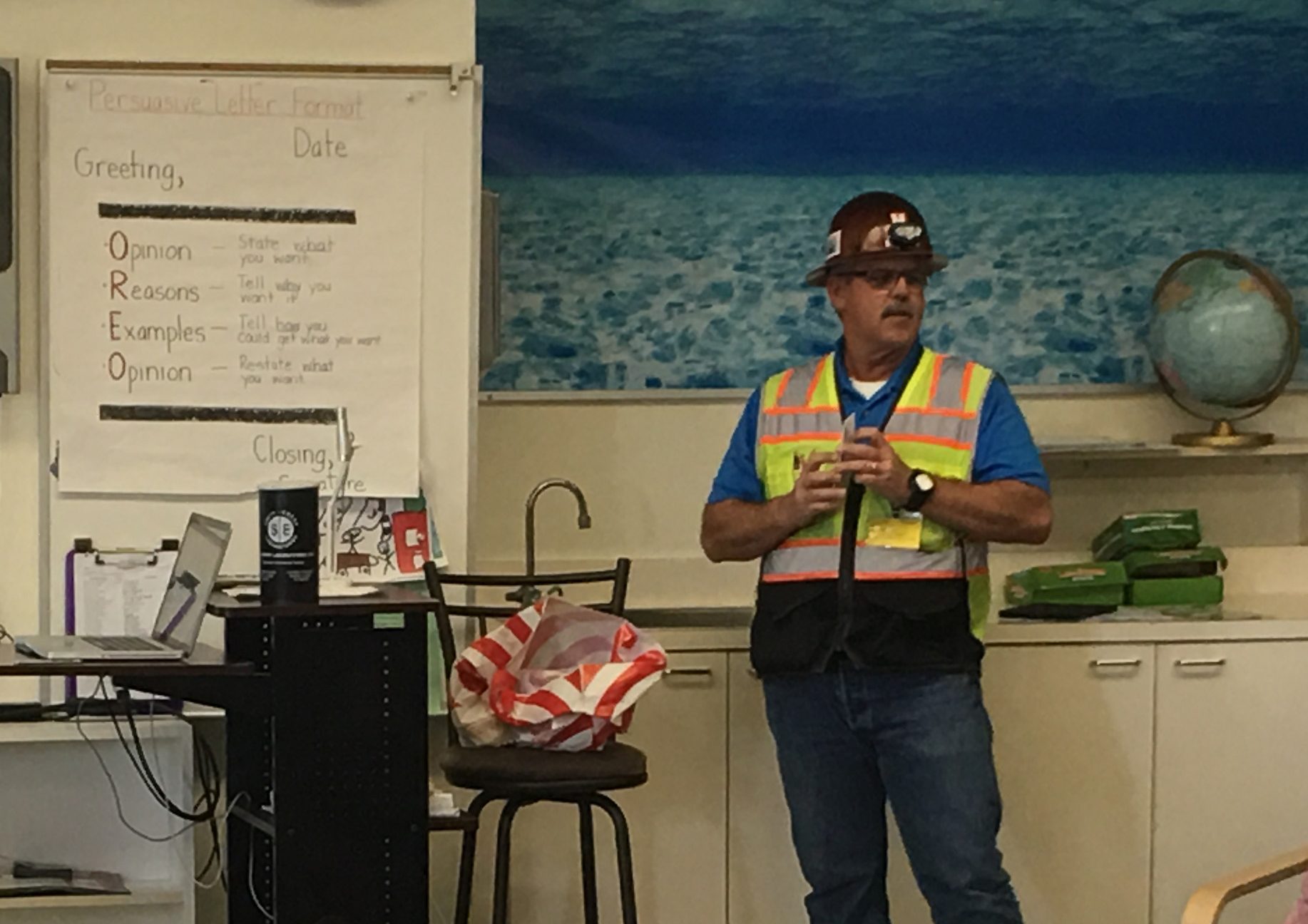
Community Outreach: Site Tours, Presentations and a Bit Of Modeling On the Side
The crew has actively involved the campus in the ongoing milestones of the process, making a special effort to engage and teach the school’s young students about their work. This includes planning the schedule around halting operations, with over 100 workers in the field, for an hour or more to accommodate site tours, then making up that lost time. Parents were always especially gratified to witness the progress unfolding before their eyes. Erika Johnson, CEE’s Assistant Head for Operations, has felt that with the children in particular, “understanding what was going on and talking about it in a positive way when they went home made it such a better connection for the parents.”
Site Superintendent Darrell Webb has become a favorite liaison between the school’s extended population of parents, faculty, staff and students and the construction and design side of the equation. He welcomes and encourages questions. Among other illustrious public speaking engagements, he has delivered a presentation to second graders about the similarity between baking cookies from a recipe and making concrete from a mix design and one to fourth graders about how builders annotate documents and use text features for key stakeholders. He even marked up a site photo for the first-grade class that had a direct view onto the construction site so that they could understand the shift they would see from activities on a Friday to the new slab that would appear on a Monday.
The youth community at CEE has embraced the construction invasion with fascination and affection. Student reporters have conducted on-camera interviews with crew members. Others have sent handwritten thank-you letters to the team for their ongoing efforts at transforming their campus. The fourth-grade art class even conscripted several team members as models for their study in contour drawings. Johnson fondly recalls another instance in which Webb came to help students with their writing and language arts skills and told the story of how he got into his line of work. Later on, the students gave presentations to CEE’s Board of Trustees. Webb attended, not knowing what was about to unfold. Each student proceeded to share how the superintendent had inspired them to pursue their own dreams with fervor and determination. Needless to say, it was an emotional experience for everyone.
As Johnson notes, “There are so few opportunities for crews working on a project like this to actually be able to connect with the people who will be benefiting from what they’re doing. It was meaningful for everyone.” Once construction at CEE comes to a close, the process will have left an indelible mark not only on the site, but in the hearts and minds of the community it houses and the people who built it.
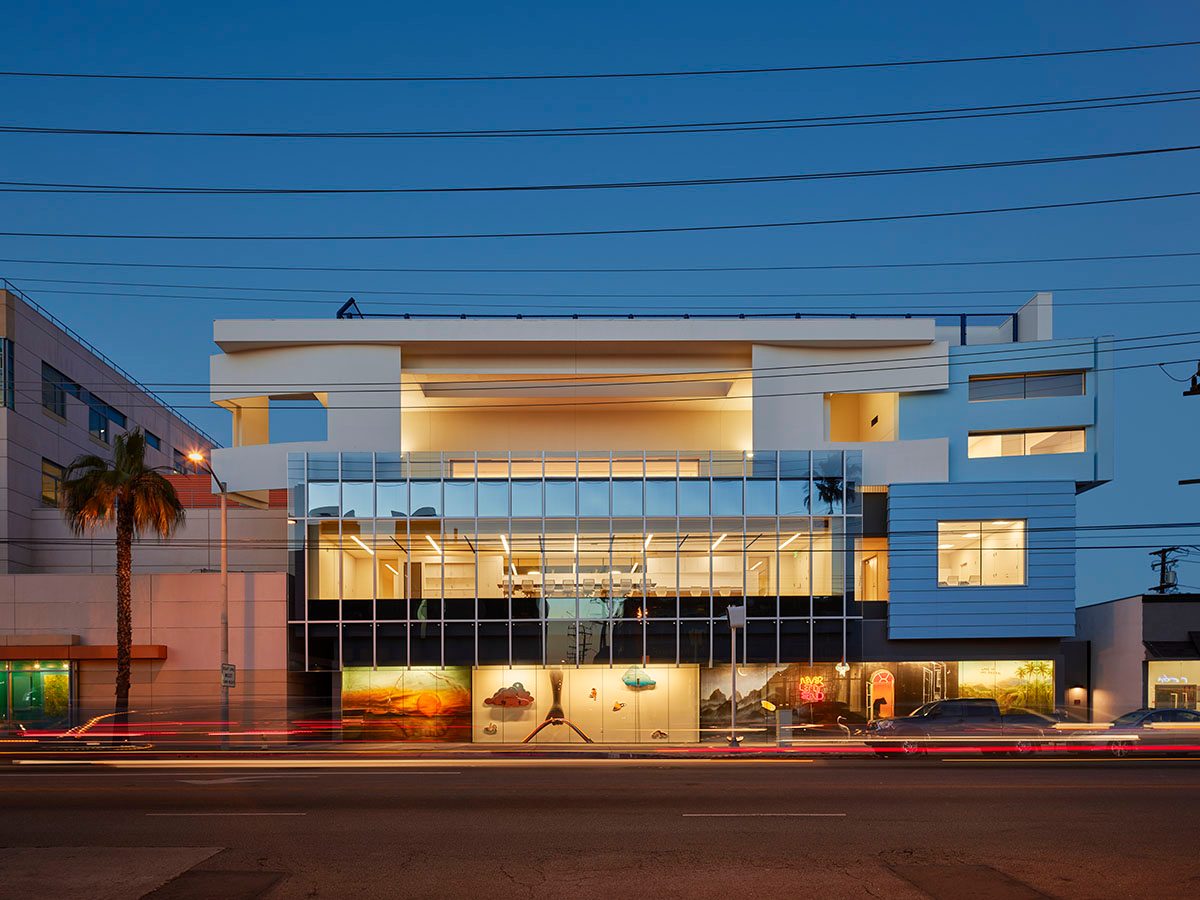
Photo credit: Benny Chan



